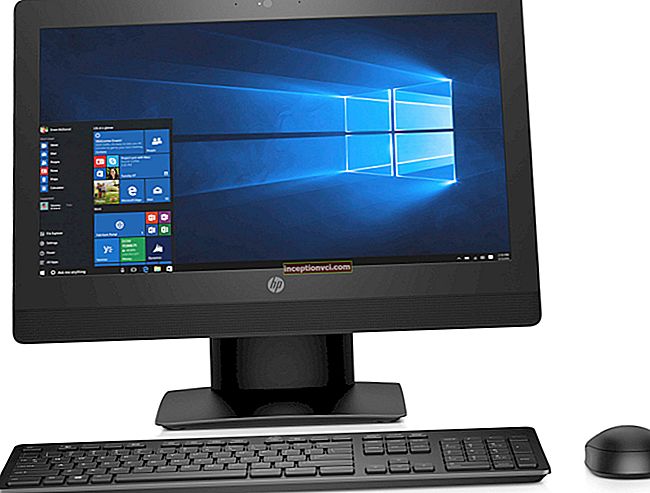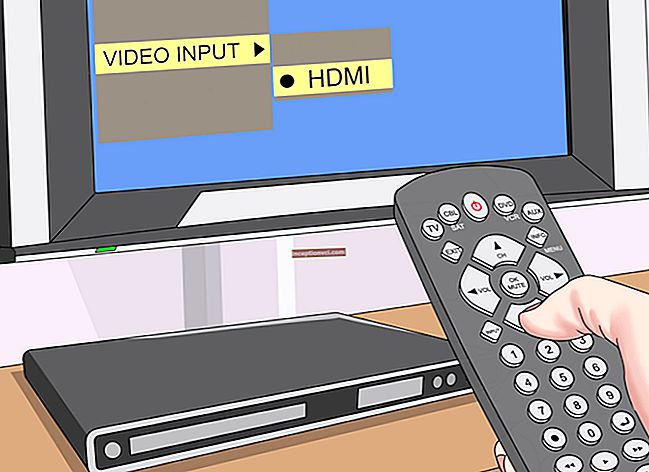Recently, AMD introduced a gaming graphics card based on two Tahiti GPUs - the AMD Radeon HD 7990. As a rule, the GPU developers themselves - Nvidia or AMD - are the first to release new video cards. With the HD 7990 video card, everything turned out the other way around. At first it was released by PowerColor and ASUS and only after them came the standard model from AMD. Therefore, this video card can no longer be called new. It is difficult to say what exactly made AMD delay the release of the video card for so long, especially considering that the line of professional video cards includes the FirePro S10000 model, which is based on two Tahit processors.
Nvidia, on the other hand, did not delay the release of a dual-processor graphics card and soon after the release of the GTX 680 introduced the GTX 690. The GK 104 processor has a better performance-to-power ratio than the Tahiti processors. The maximum power consumption of the GTX 680 is 195W. To achieve the performance level of the GTX 680 graphics card, AMD has released the HD 7970 GHz Edition, which has a maximum power consumption of up to 250W. Perhaps this forced AMD to postpone the release of the HD 7990. ASUS and PowerColor did not hesitate to compare with the GTX 690 and released the Devil 13 and ARES II, which became exclusive and the power consumption figure faded into the background.
And now, almost a year later, AMD introduced its version of the Radeon HD 7990 video card.
Specifications
Technical characteristics are given in the table.

Two Tahiti GPUs on one textolite substrate are codenamed Malta. The maximum clock speed of the GPU is 1 GHz, which is slightly less than that of the HD 7970 GHz Edition. But unlike it, this is not the base frequency, but the maximum in the Boost Clock mode. The base frequency for GPUs on the HD 7990 is 950 MHz. The video card has received the improved Power Tuner technology, which was first used on the HD 7790 video card. The appearance of the base frequency ensures that the frequency of the GPU does not drop below 950 MHz in any 3D applications. If there is a reserve of power consumption, the frequency will increase to 1 GHz. The video memory is clocked at 6 GHz and has a total capacity of 6 GB (3 GB for each GPU). AMD reports that the processors used in the HD 7990 can operate at reduced voltage, but there is no data on the power consumption of the video card. Based on the fact that the video card is powered by a PCI-Ex 16 connector and two 8-pin connectors for additional power supply, it can be assumed that the consumption will not exceed 375 W. This figure is more acceptable than the 500 W of the ASUS ARES II.
Like the entire 7000 series, the video card received Zero Core technology, which in 2D mode puts the second GPU to sleep. The second GPU is in sleep mode as indicated by the LED next to the auxiliary power connectors.

Design

The video card has a fairly large overall dimensions. The length is 305 mm, the width is 110 mm. For comparison, I will give a drawing of an HD 7990 video card with HD 6990, HD 7970 and GTX Titan video cards.

As you can see, the HD 7990 video card is slightly smaller in size than the HD 6990, which is still the largest among the standard models.
AMD decided to ditch the turbine cooling system in favor of an open design with three fans. This was driven by the desire to create a quiet and efficient cooling system. But let's not forget that such a design of the cooling system leaves most of the heated air in the system unit and the installation of additional fans will be simply necessary, and this will entail an increase in the noise level.
Two separate heatsinks and eight heat pipes are used to cool the GPUs.

The heat pipes contact the GPU through a copper base.The power elements of the power supply circuits are cooled by their own heat sink, which is made of copper. At the base of the entire cooling system is a metal frame that acts as a heat sink for memory chips and a PCI-Express bus switch.

On the reverse side there is a metal plate that cools the memory chips and serves to increase the rigidity of the entire structure.

The cooling system occupies two expansion slots in height.

Printed circuit board


Thirteen phases are used to power all components of the video card. Each GPU is powered by four phases. Two more phases are allocated to power each set of video memory. The thirteenth phase is dedicated to powering the internal PCI-Ex bus switch. Two Voltera VT1556MF controllers control the power phases of the GPUs. The PLX PEX 8747 chip acts as a PCI-Ex bus switch, which supports up to 48 PCI-EX 3.0 lanes.

The video memory is recruited with Hynix microcircuits with the marking H5GQ2H24AFR-R0C.

To organize an array of video cards on the printed circuit board, there is one connector, which will allow you to combine two video cards. The video card has two BIOS versions, switching between which is carried out using a switch.

To display the image on the video card, there are four mini-Display Port connectors and one DVI.

Overclocking and temperature
When evaluating the overclocking potential of a video card, the frequency of the graphics processor and video memory was increased to 1100 MHz and 6500 MHz, respectively. Programs for overclocking video cards do not yet have access to the power controllers of the HD 7990 video card, therefore, with the advent of such a function, an increase in overclocking potential is possible.
The graphics processors of the video card operate at a reduced voltage, which is 0.85 V and 1.2 V on the desktop and in games, respectively. For the Radeon HD 7970 GHz Edition, these figures are 0.95 V and 1.256 V.
When monitoring the frequency of the GPU, it turned out that it does periodically drop to 950 MHz. The supply voltage in this case is 1.17 V.
GPU temperature in 2D mode is 41 degrees. In Crysis 2, the temperature rises to 75 degrees. The fan speed was automatically controlled. With the maximum fan speed and overclocking of the video card, the temperature in the game dropped to 66 degrees, and in 2D mode to 37 degrees.
Testing and power consumption
Test stand
Intel Core i7-3930K processor
Gigabyte GA-X79-UD3 s2011 ATX motherboard
RAM G.SKILL DDR3 4x4096Mb PC3-17000 2133 MHz
Samsung Hard Drive 500 GB SSD 2.5 "SATAIII
OCZ Silencer Mk III1200W Modular Power Supply
Windows 7 operating system
I will present the total power consumption of the system with various video cards in the form of a figure.

As you can see, the total power consumption of systems with video cards from Nvidia is less than with video cards from AMD.
The performance of the AMD RADEON HD 7990 video card in gaming tests was compared with the performance of video cards:
Nvidia GeForce GTX 690 (processor frequency - 915 MHz, memory - 6008 MHz);
Palit GeForce GTX TITAN (processor frequency - 837 MHz, memory - 6008 MHz);
AMD Radeon HD 7970 GHz Edition (processor frequency - 1050 MHz, memory - 6000 MHz);
Testing was carried out at 2560 x 1440 with maximum graphics quality and AA4 anti-aliasing.

conclusions
Compared to the GTX TITAN graphics card, the AMD Radeon HD 7990 graphics card has obviously higher performance. But on the side of the GTX TITAN, lower power consumption, smaller dimensions and a quiet cooling system that throws all the heated air outside the case.
If we compare AMD Radeon HD 7990 with GTX 690, then the situation is somewhat more complicated. In some tests, the GTX 690 comes out ahead, and in some the HD 7990. At the same time, the HD 7990 consumes a little more power.









